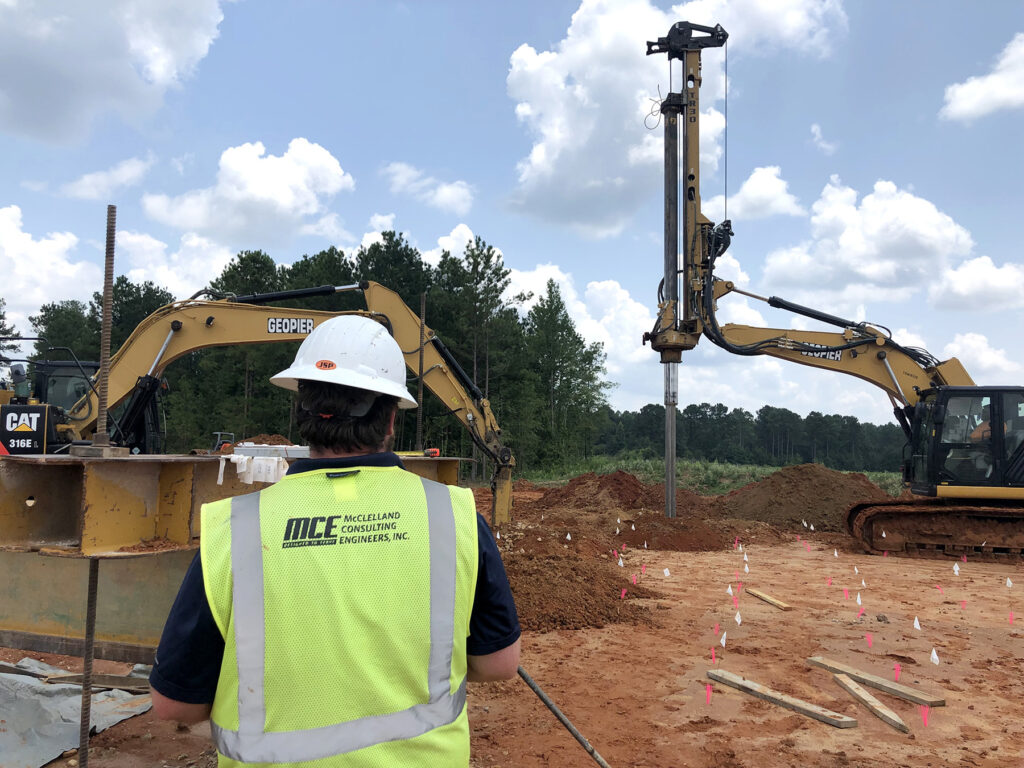Midyear seems a suitable time to catch up on what’s making life interesting for the cities around our state regarding the planning function. Along the way, we will encounter some facts to help resolve tension, and some fads that may distract or confuse. Hang on.
The most frequently asked question in recent times involves so-called tiny homes. Elected officials want to know if the city can prohibit them. If they can’t, can the city regulate them regarding location, density or terms of use? Fortunately, this turns out to be the easiest question to answer.
First, for the sake of clarity, tiny homes typically range from 100 to 400 square feet, seldom containing more than 500 square feet. The homes that went up so ubiquitously in our cities after World War II contained some 800 to 1,000 square feet. We call them “small” homes.
Can your city adopt a minimum square footage for single-family homes? The answer is no. According to Act 446 of 2019, a municipality may not regulate the minimum square footage of such a structure. So much for that question.
Can the city impose any standards on homes meeting this definition? The answer is that the city does not have to. The state, through its volume on residences in the Arkansas Fire Prevention Code, does this for our cities. Any home that is not a manufactured home as defined and regulated by the U.S. Department of Housing and Urban Development must meet the minimum requirements of the Arkansas Fire Prevention Code, or a more stringent one adopted by a particular city.
Experience tells us that this test, one requiring no municipal ordinance, eliminates nearly all proposals to build substandard housing units in your city and call them tiny homes.
As stated, that topic was easy to address. The next will prove more difficult. A common source of questions concerns a city’s territorial jurisdiction, often mistakenly referred to as “the extra-territorial jurisdiction.” Non-planners may even call it “the ETJ.” It perhaps represents the most misunderstood element of the planning function.
The territorial jurisdiction consists of land within the city limits plus an area extending beyond the city limits as allowed by statute.
- For cities of up to 60,000 in population, the extent is 1 mile beyond the city limits.
- For cities of 60,000 to 150,000, the extent is 2 miles.
- For cities over 150,000, the extent is 3 miles.
There are some additional limitations which can be defined by the city attorney.
What can the city do within the territorial jurisdiction? First, it must designate the area within the territorial jurisdiction for which it will prepare plans, ordinances and regulations. This will constitute the city’s planning area boundary (PAB). It may include land within the city limits only, some land beyond the city limits but within the territorial jurisdiction, or all land within the territorial jurisdiction. (In each case, land within the city limits is included.)
Next, the city can make plans. Upon adoption of a master street plan, the city may enforce development regulations, i.e., subdivision regulations, within the PAB. This includes land inside and outside of the city and part of its territorial jurisdiction if within the PAB, if the boundary is properly recorded.
Upon adoption of a land use plan, the city may adopt and enforce zoning regulations within the city. If the city has a population of 8,000 or more and is on a navigable stream (don’t ask), it may enforce zoning regulations within the entire PAB.
The boundaries of the PAB should not affect the city’s authority to annex. Seek legal guidance on this.
As an easy guide, imagine the territorial jurisdiction as the complete canvas upon which an image may be drawn. The PAB includes the actual limits of the drawing. Its boundaries may fill the entire territorial jurisdiction, including the area outside the city. Or, depending upon plan goals, the PAB may cover only the city, or the city and a portion of land beyond the limits.
Frequently a lack of understanding arises about the relationship between the land use plan and the zoning map. The land use plan justifies a city’s exercise of zoning. Without an adopted land use plan, the justification of a zoning decision has no basis. Plaintiff’s attorneys know this.
Then there are manufactured homes. Questions are not as frequent now as in the past. These days, most planning commissions know their responsibilities. In short, if a city exercises zoning control, it must include one residential district in which property owners may site a manufactured home on an individual lot. Also, municipalities shall not impose regulations or conditions on manufactured homes that are inconsistent with the regulations or conditions imposed on other single-family dwellings permitted in the same residential district or zone. As an aside, a municipality should avoid applying its customized foundation requirements to manufactured homes as this could void the home’s warranty and cause problems.
Let us not leave the discussion before we discuss the attraction that fads pose to elected officials. Questions arise about programs that sound fancy because some other city says they work but are not really associated with an identified problem. For any major regulatory endeavor, try the following:
- Define a problem, a potential problem or a desired plan goal.
- Define alternative solutions that meet a basic test of providing a benefit to the health, safety and welfare of the citizenry.
- Choose the least intrusive and most economical solution that the city can enforce.
- Determine the results that would justify the program.
- Determine, through dispassionate analysis, that the city has the resources to undertake the chosen solution.
- Make sure that the effort will not suffer the “citizen veto.”
- Make sure that the program does not create a “silo” that benefits one function of city government to the detriment of others.
- Commit to the program at the highest level of municipal government.
- Put the best people in charge of implementation and support them.
- Develop a monitoring plan and, in the case of poor results, an abandonment plan.
- Dive in.
Another frequent question: What can the city do about short-term rentals?
Answer: At the present time, municipalities may, and do, impose reasonable restrictions upon short-term rentals when their numbers and locations threaten the health, safety and welfare of the citizens. This may be subject to review in the next legislative session, so stay tuned.
And finally, the most unanswerable question, one often unasked but lurking in plain view: What about the views of the neighbors in making land use decisions?
Answer: Our state recently lost one of its modern pioneers of urban planning, Don Manes. During expert witness testimony in a legendary zoning case, he gave the classic answer: “The views and opinions of the neighbors [in a rezoning case] are important to the extent that those views and opinions are based on reason and rationality.” Of course, in this case, he was valuing facts over conspiracies, personal feelings or grudges.










